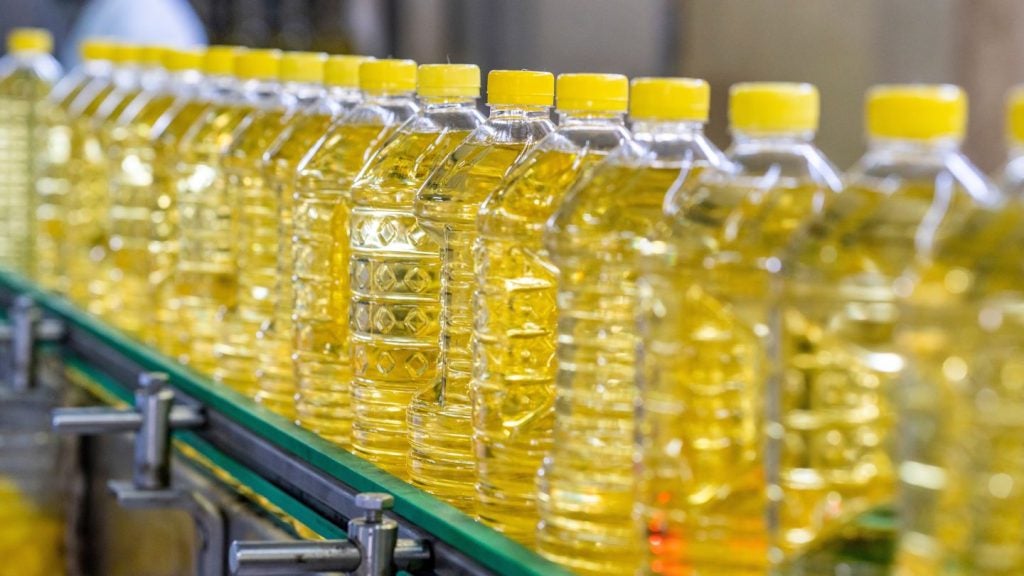Global food prices surged in October, reaching an 18-month high, according to data from the UN Food and Agriculture Organization (FAO).
In October, the FAO Food Price Index (FFPI) averaged 127.4 points, marking a 2% increase from its revised September level and reaching its highest level since April 2023.
The data indicated that price quotations for all commodities in the index, except meat, rose.
The FAO Vegetable Oil Price Index averaged 152.7 points in October, up 10.4 points (7.3%) from September, reaching a two-year high.
This rise was driven by “higher quotations across palm, soy, sunflower, and rapeseed oils.”
The FAO Cereal Price Index averaged 114.4 points in October, an increase of 0.8% from September.
Concerns over unfavourable weather conditions affecting winter crop sowing in several major northern hemisphere exporters, including the European Union, the Russian Federation, and the US, contributed to the increase in global wheat prices for the second consecutive month.
The reinstatement of an unofficial price floor in Russia and escalating tensions in the Black Sea region contributed to rising prices.
The FAO Dairy Price Index stood at 139.1 points in October, up 1.9% from September.
International cheese prices saw the “largest” rise due to limited supply availability for spot imports, driven by strong domestic demand, especially in the EU, where milk production decreased seasonally, the FAO said.
World butter prices climbed for the 13th consecutive month in October, driven by strong demand, low stocks, and reduced milk production in Western Europe.
Conversely, price quotations for milk powders, especially skim milk powder, declined due to rising seasonal milk production in Oceania and weak global import demand.
In October, the FAO Sugar Price Index averaged 129.6 points, a 2.6% rise from September and the second monthly increase, driven by concerns over Brazil's 2024/25 production outlook following extended dry weather.
Higher international crude oil prices, which stimulate greater use of sugarcane for ethanol production in Brazil, further contributed to the increase in prices.
The FAO Meat Price Index was down 0.3% and averaged 120.4 points in October, with international pig meat prices dropping sharply due to increased slaughter in Western Europe and weak demand.
Poultry prices dipped with higher exports, while beef prices held steady as strong demand balanced Oceania's new season supplies.









